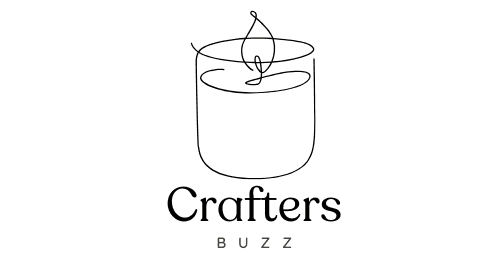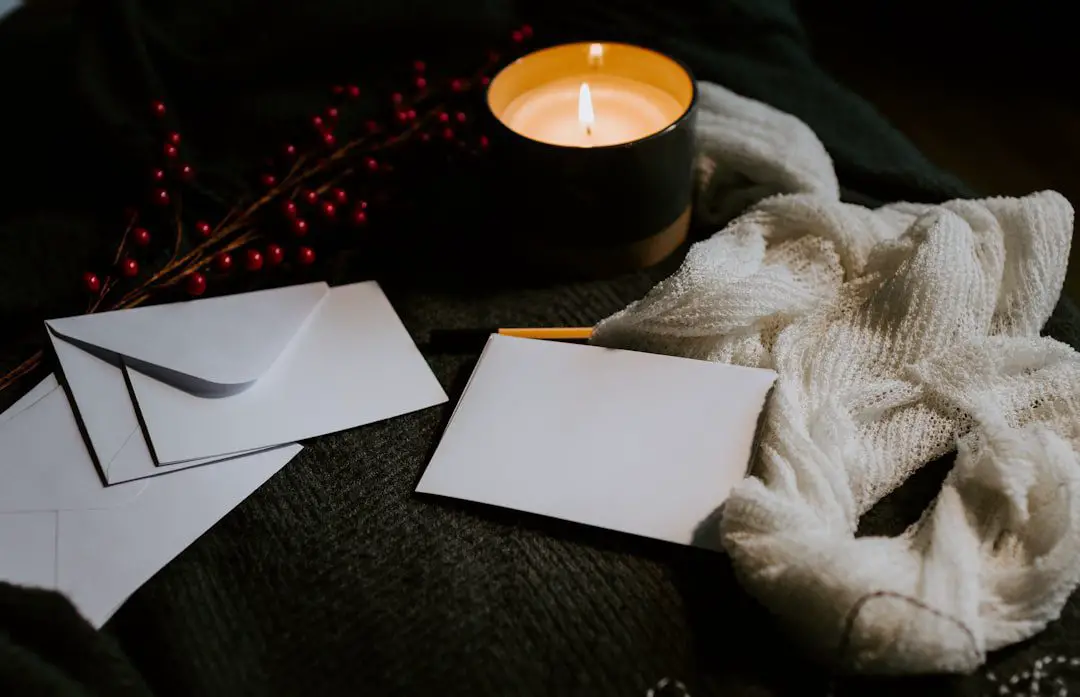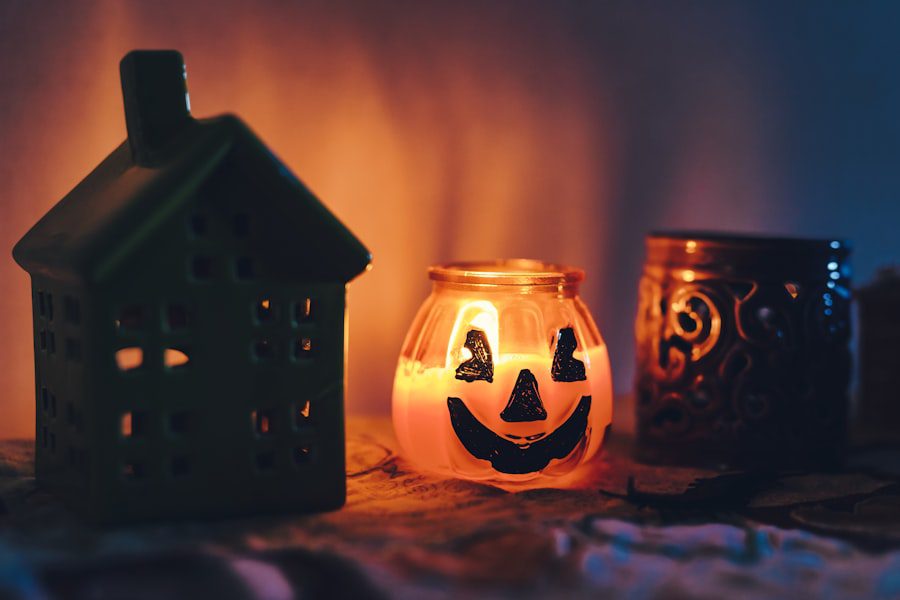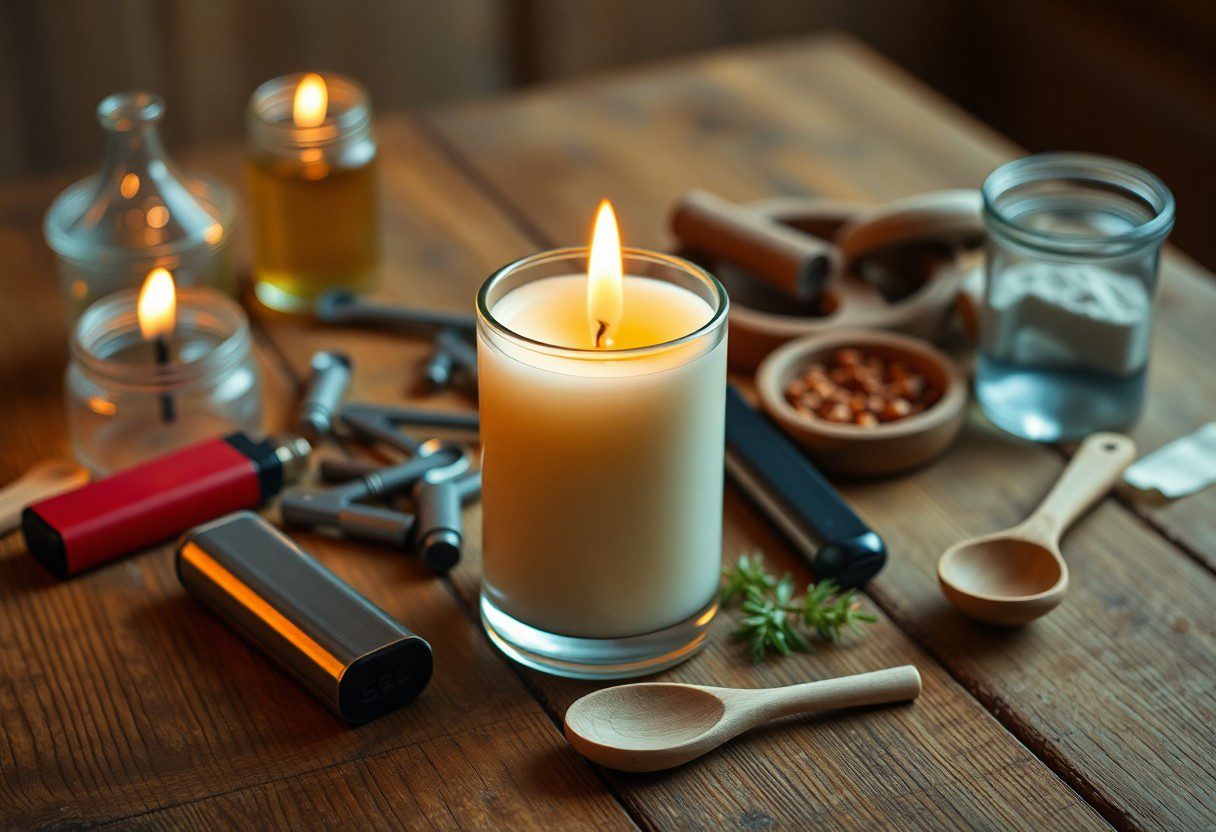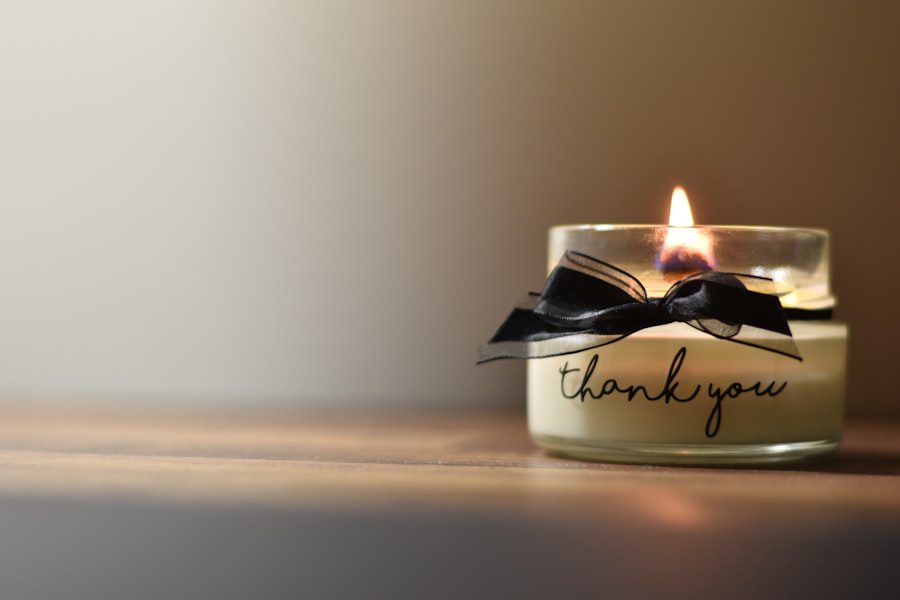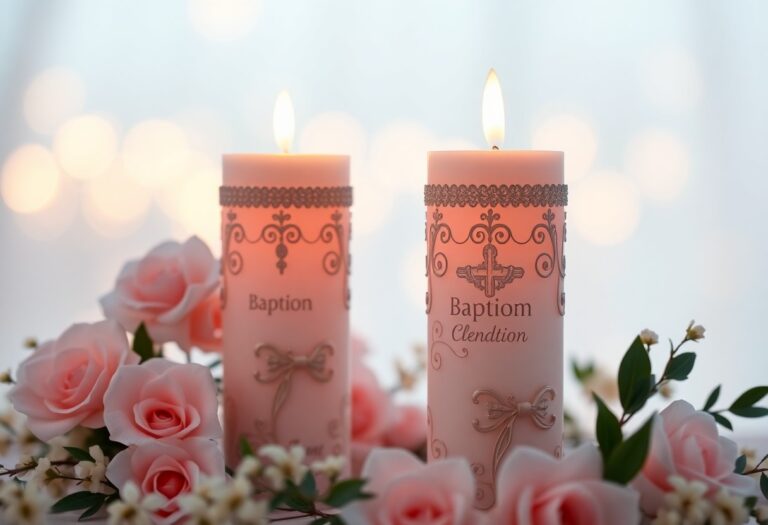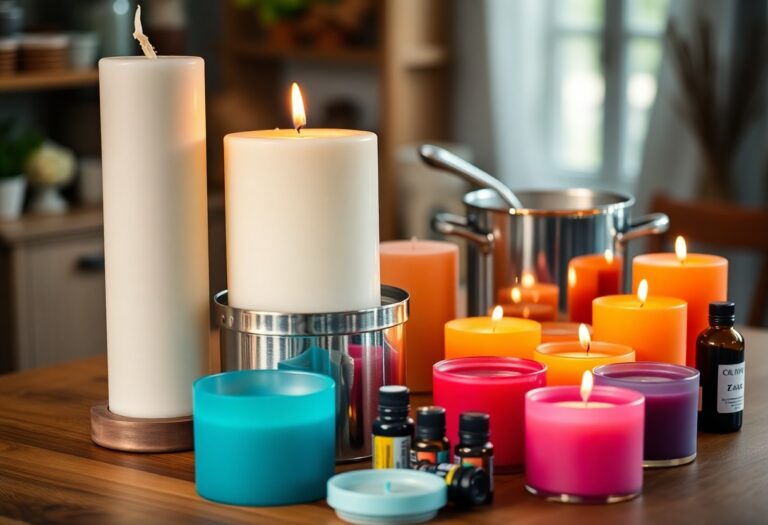Essential tips for burning candles to extend burn time and fragrance.
Selecting the appropriate candle is a fundamental step in enhancing your ambiance and achieving the desired atmosphere in your space. Candles come in a myriad of shapes, sizes, and scents, each serving a unique purpose. When choosing a candle, consider the occasion and the mood you wish to create.
For instance, if you are looking to create a romantic setting, opt for candles with soft, warm hues and subtle fragrances like vanilla or sandalwood. On the other hand, if you are aiming for a refreshing and invigorating environment, citrus-scented candles or those infused with eucalyptus can be ideal. Moreover, the type of wax used in the candle can significantly affect its burn quality and scent throw.
Paraffin wax is commonly used due to its affordability and wide availability, but it can release harmful chemicals when burned. Beeswax candles are a natural alternative that burns longer and purifies the air, while soy candles are popular for their eco-friendliness and clean burn. Additionally, consider the candle’s size; larger candles may provide a more substantial scent throw and longer burn time, while smaller votives can be perfect for intimate settings or as part of a decorative arrangement.
Preparing the wick
Before lighting your candle, it is essential to prepare the wick properly to ensure an even burn and optimal performance. The wick is a crucial component that draws the melted wax up to the flame, allowing it to burn steadily. When you first purchase a candle, take a moment to inspect the wick.
It should be centered and trimmed to an appropriate length. If the wick is too long, it can lead to excessive soot production and an uneven burn, while a wick that is too short may not reach the wax pool effectively. To prepare the wick, gently straighten it if it has been bent during packaging or transport.
This will help ensure that it burns evenly. If your candle has multiple wicks, make sure they are all positioned correctly and spaced adequately apart to prevent them from merging into one flame. In some cases, you may want to soak the wick in wax before lighting it for the first time; this can help it absorb more wax and improve its burning efficiency.
By taking these preparatory steps, you set the stage for a more enjoyable candle experience.
Trimming the wick
Wick maintenance is an often-overlooked aspect of candle care that can significantly impact the quality of your candle experience. Trimming the wick before each use is essential for achieving a clean burn and maximizing the life of your candle. A wick that is too long can produce a larger flame than necessary, leading to soot buildup on the candle’s container and creating an unpleasant odor.
Ideally, the wick should be trimmed to about one-quarter inch before lighting. When trimming the wick, use sharp scissors or a specialized wick trimmer to achieve a clean cut. This not only ensures that the wick burns evenly but also minimizes the risk of smoke and soot.
If you notice that your candle is producing excessive smoke or flickering during use, it may be an indication that the wick needs trimming. Regular maintenance of the wick will enhance your overall experience by providing a steady flame and allowing for a more consistent scent throw throughout the burn time.
Creating a wax pool
Creating a proper wax pool is crucial for ensuring that your candle burns evenly and efficiently. The wax pool refers to the melted wax that forms around the wick as the candle burns. A well-formed wax pool allows for optimal fragrance release and prevents tunneling, which occurs when the wax burns down the center while leaving unburned wax around the edges.
To create an ideal wax pool, allow your candle to burn long enough for the top layer of wax to melt completely across the surface. For larger candles, this may take several hours, while smaller votives may require less time. As a general rule of thumb, aim for at least one hour of burn time for every inch in diameter of the candle.
This practice not only enhances scent throw but also prolongs the life of your candle by ensuring that all wax is utilized efficiently. If you find yourself in a situation where tunneling has occurred, you can remedy it by carefully melting the top layer of wax with a heat gun or placing it in an oven at a low temperature for a short period.
Avoiding drafts
Drafts can significantly affect how a candle burns, leading to uneven flames and reduced scent throw. When lighting a candle, it is essential to place it in an area free from drafts caused by open windows, air conditioning vents, or fans. A draft can cause the flame to flicker or lean to one side, which not only affects the burn quality but can also pose safety risks if left unchecked.
To create an optimal environment for your candle, choose a stable surface away from any airflow disruptions. If you notice that your candle is flickering despite being placed in a seemingly draft-free area, consider adjusting its position or using a candle holder with wind protection features. Some decorative lanterns or glass cloches can help shield your candle from drafts while adding an aesthetic touch to your decor.
By minimizing drafts around your candle, you ensure a more consistent burn and enhance your overall experience.
Extinguishing the candle
Properly extinguishing a candle is just as important as lighting it. Blowing out a candle can create smoke and soot that may linger in your space, detracting from the ambiance you’ve created. Instead of blowing out your candle, consider using a snuffer or dipping the wick into the melted wax with a tool designed for this purpose.
This method minimizes smoke production and helps prevent any potential splattering of hot wax. If you do choose to blow out your candle, do so gently to reduce smoke production. After extinguishing the flame, ensure that the wick is straightened back up if it has fallen over; this will help maintain its shape for future burns.
Allowing your candle to cool completely before relighting is also advisable; this ensures that any residual soot on the wick has time to dissipate and prevents any unpleasant odors from affecting your next experience.
Storing the candle properly
The way you store your candles can significantly impact their longevity and performance when you decide to use them again. Candles should be kept in a cool, dry place away from direct sunlight or heat sources, as exposure to high temperatures can cause them to warp or lose their fragrance potency over time. Ideally, store candles in their original packaging or in airtight containers to protect them from dust and environmental factors that could degrade their quality.
For scented candles, consider keeping them in dark containers or wrapping them in cloth to shield them from light exposure, which can cause fragrances to fade more quickly. Additionally, avoid stacking candles on top of one another unless they are specifically designed for such storage; this prevents any potential damage or deformation caused by pressure from heavier candles above them. By taking these precautions when storing your candles, you ensure that they remain in optimal condition for future enjoyment.
Using candle accessories
Candle accessories can enhance both functionality and aesthetics when using candles in your home. From decorative holders to practical tools like wick trimmers and snuffers, these accessories not only elevate your candle experience but also contribute to safety and maintenance. For instance, using a sturdy holder can prevent wax spills and protect surfaces from heat damage while adding an elegant touch to your decor.
In addition to holders, consider investing in accessories like decorative trays or lanterns that can create visually appealing arrangements with multiple candles. These accessories allow you to experiment with different heights and styles while providing a cohesive look for your space. Furthermore, using tools such as wick trimmers ensures that you maintain optimal wick length for clean burning, while snuffers provide an elegant way to extinguish flames without creating smoke or mess.
By incorporating these accessories into your candle routine, you enhance both safety and aesthetic appeal while enjoying all that candles have to offer.
If you’re interested in extending the life of your candles and enhancing their fragrance, you may also want to check out this article on Eco-Friendly Candle Making: Create Stunning DIY Candles. This article provides tips on how to make your own candles using eco-friendly materials and techniques, allowing you to customize the scent and burn time of your candles to your liking. It’s a great resource for those looking to create unique and sustainable candles for their home.
FAQs
What are some essential tips for burning candles to extend burn time and fragrance?
Some essential tips for burning candles to extend burn time and fragrance include trimming the wick to 1/4 inch before each use, allowing the wax to melt to the edges of the container to prevent tunneling, and keeping the candle away from drafts to ensure an even burn.
Why is it important to trim the wick before burning a candle?
Trimming the wick to 1/4 inch before each use helps to prevent the wick from becoming too long and causing the candle to burn too quickly. It also helps to reduce smoking and soot, resulting in a cleaner and longer-lasting burn.
How can I ensure that my candle burns evenly and does not tunnel?
To ensure that your candle burns evenly and does not tunnel, allow the wax to melt to the edges of the container each time you burn it. This will help to prevent the formation of a tunnel in the center of the candle, which can waste wax and reduce the overall burn time.
What can I do to maximize the fragrance of my candle while burning it?
To maximize the fragrance of your candle while burning it, place it in a smaller room or enclosed space to help contain the scent. You can also burn multiple candles of the same fragrance at the same time to enhance the overall scent throw.
How can I safely extinguish a candle to prolong its burn time?
To safely extinguish a candle and prolong its burn time, use a candle snuffer or gently blow out the flame to prevent hot wax from splattering. Avoid using the candle lid or any other object to smother the flame, as this can cause the wick to become misshapen and affect the quality of the burn.
